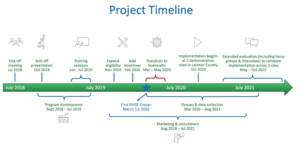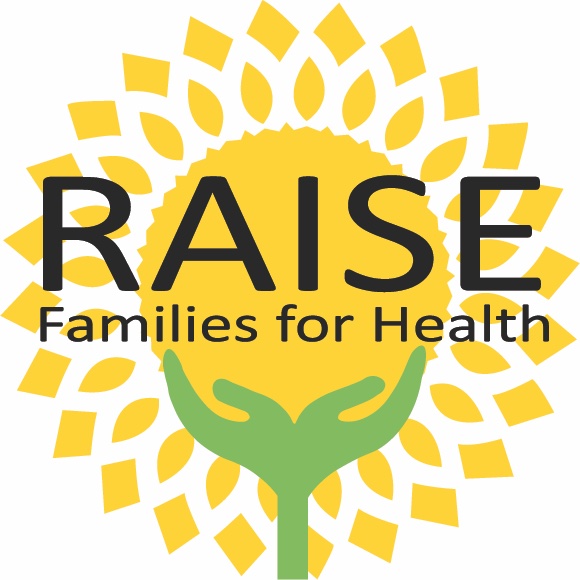RAISE Families for Health integrates best practices for whole person wellness into a comprehensive training curriculum tailored for low-income families. The intent is to provides administrators, healthcare providers, and peer specialists the necessary knowledge and skills to help parents and caregivers envision a healthy lifestyle for their families and achieve their personal wellness goals.
RAISE Families for Health Demonstration Projects
With support from the Colorado Department of Public Health and Environment, BHWP piloted and evaluated RAISE Families for Health in partnership with Sheridan Health Services, a federally qualified integrated-care clinic operated through the CU School of Nursing. With funding from the Larimer County Behavioral Health Services, RAISE was later expanded to two additional social service demonstration sites, The Matthews House and The Center for Family Outreach. Goals for the demonstration projects included:
- Create “buy-in” from parents and caregivers by integrating tobacco education and treatment into a whole health curriculum more broadly focused on creating healthy families.
- Foster trust among priority populations and healthcare/service providers by implementing the curriculum onsite at familiar hubs of culturally competent care for the target population.
- Identify factors to increase sustainability, quality, and future program implementation among other potential sites across Colorado.
- Evaluate the program within and across demonstration sites to assess program effectiveness, feasibility and acceptability, fidelity to the model, and implementation processes



